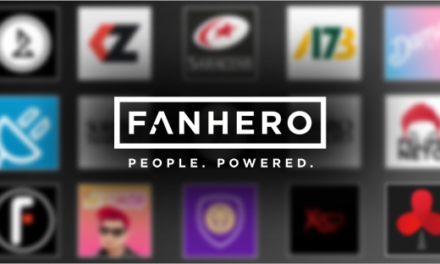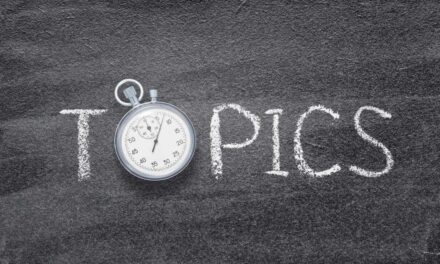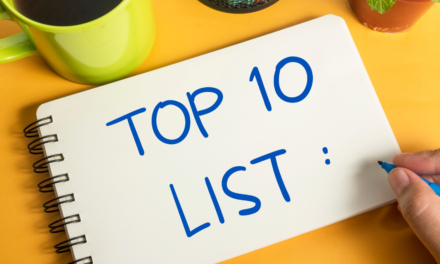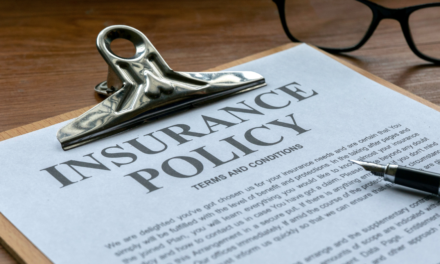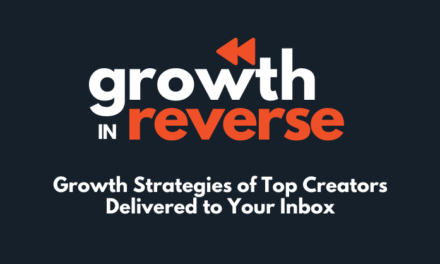Over the past several years, machine learning on platforms like Facebook and Google has reduced the level of effort needed by advertisers to manage and optimize their ad targeting, bids, and budgets. Automation and AI have leveled the playing field for advertisers both large and small by simplifying the work required to maintain advertising performance using fewer, less trained user acquisition of human resources.
In the middle of February 2018, Facebook’s algorithm changed how it rewards advertisers who adhere to their best practices. This affected the strategy for user acquisition managers who may have previously relied on trying to game the Facebook algorithm, and the impact of these changes was immediately felt industry-wide. Previously, Facebook did not penalize advertisers for using a media buying strategy that required a high volume of ads with significant overlapping audiences that frequently made intraday changes to bids, budgets, and pausing of ads.
As of mid-February, this all changed with the introduction of a penalty for significant edits and rewards for adhering to Facebook’s published best practices outlined in their “Blueprint Certification” online training. Facebook media buying strategies have shifted and now benefit by using a low number of campaigns with limited audience overlap, leveraging broad targeting and automatic placements, and using much fewer changes to ads. But most importantly, an ad’s performance does much better when it is allowed to complete their learning phase and move into the optimized phase. To complete the learning phase typically requires 50 conversions per ads set per week.
Now that Facebook’s optimization has been radically simplified, ad creative has become the primary differentiator for advertising performance. As with any display network, ad creative rapidly fatigues with increased spend and audience reach. The more you spend, the larger the audience you are targeting, the faster your ads’ performance will erode. Advertisers are now shifting their focus and resources away from manual bidding adjustments and towards creative strategy, production, and optimization. Cutting edge user acquisition experts now realized that maximizing return on advertising investment (ROI) is better achieved through creative optimization and testing.
Here’s how Facebook’s algorithm and AI-backed technology is changing the game for advertising, and how you can take advantage of these tools.
Improve Your Campaign Structure
The Facebook best practice for campaign structure is to minimize the number of campaigns in the account. This can be accomplished by the creation campaigns tied to a geography and type of bidding. For example, a common campaign will target the United States with a bidding objective of App Event Optimization (AEO) like a purchase or registration or Value Optimization bidding for high-value payers vs those only willing to pay $0.99.
Once you have minimized the number of campaigns being used, you will create ad sets that target specific audiences but whos audience does not allow overlap with other ad sets. Following this structure will allow you to efficiently put up to 20 ads per ad set, minimize auction competition and turn on one of Facebook’s most compelling new features, Campaign Budget Optimization (CBO). Until Campaign Budget Optimization became available, advertisers were required have to spend hours during the day manipulating budgets to make sure the budget was spent on the best performing ad sets. With the launch of CBO, Facebook automatically re-allocates budget without human intervention, to the most efficient ad set. An important by-product of this innovation its impact on the broader Facebook ad tech ecosystem. Facebook has now rendered external third party SaaS/self-service platforms based on proprietary rules or black box artificial intelligence unnecessary. To put it simply, Facebook’s internal tools are now more efficient at bidding and budgeting and they are free.
By keeping within the best practice structure of account, campaign, ad set. and ad, Facebook will run your ads in a “learning phase,” which can graduate to the “optimized phase” for more efficient results. Typically it takes 50 conversions per ad set per week to graduation from learning into optimized. Most importantly any significant edit to budgets (> 40%) and bids (> 30%) will force the ads out of optimized mode and back into learning up and will result in less efficient spend.

Adopt Automation, the Great Equalizer
Now that advertisers can focus their attention away from lots of intraday bid and budget changes, they can take full advantage of Facebook’s automation. Here are Facebook’s most recent innovations and tools for advertising:
- Automated Bidding, Value & Events: When you advertise on Facebook, ideally you want to build campaigns that drive positive ROAS. With a click, you can now have Facebook perform all bid changes for you in real-time and their algorithm has gotten extremely good at delivering an industry-leading return on investment (ROI). To deliver this new efficiency, Facebook’s new algorithm allows you to train it on which people are most valuable to you. Beyond the install, app event optimization (AEO) allows you to educate Facebook on the value of a key event, like purchase or registration and they will optimize your ads to deliver people who are most likely to those actions. As you may know, not all people who purchase a product or service are the same to an advertiser. As such, Facebook has enabled value-based bidding by allowing advertisers to send the real values of each user into the Facebook algorithm and they will, in turn, find similar high-value people. On average, we’ve seen an app event like a purchase to be 2-3x the cost of a mobile app install and a valued user is 2-3x the cost of an app event.
- Auto Audience Targeting: You can create value-based lookalike audiences on Facebook, which are users who behave similarly to past paying customers based on their value. You can denote a value for different types of paying customers (high spenders, medium, low spenders), and by creating these custom seed audiences on Facebook, the platform can then target new users that match the respective value of the custom audience.
- Dynamic Creative Optimization and Split Testing: Now that Facebook has bid and budgets taken care of, creative has rapidly become the primary point of differentiation to help companies achieve and sustain profitable spend. Facebook has released two amazing new features to help determine which creative is the best. Their first innovation is Dynamic creative optimization (DCO), it selects the best elements to put into an ad based on audience segments and real-time feedback prior to the ad being served. The concept is simple — right ad, right copy, right audience, right time, right language, right placement, and right device. DCO also works well in conjunction with value-based lookalike audiences to match the right ads with the highest value users. Further, DCO offers both creative delivery at scale as well as testing with endless experimentation, all without human intervention required to drive continuous testing and optimization. It’s also possible to enable language testing through DCO to deliver the most efficient language based on performance. Their second innovation is a simple split test that allows advertisers to efficiently to A/B comparisons between videos, images, ad copy, etc. The real innovation here is that Facebook will split the traffic on the back end to avoid overlap. For example, if you have an audience of 1,000,000 and you want to test 5 videos, Facebook will show each video to an audience of up to 200,000 people. This new feature has radically simplified creative testing of ads for Facebook and allows for much more efficient media spend.
Optimize Your Creative
Facebook’s new and improved automation capabilities in its media buying algorithm give you more time to focus on the one key element that can’t be automated today: winning creative. Constant creative testing–copy, video, images–becomes imperative to achieve and sustain ROAS because creative rapidly fatigues with increased spend and audience reach. In fact, 95% of creatives fail to outperform a media buying portfolio’s best ads, so even when you have a high-performing creative, you need to think about replacing it.
Leverage DCO, which automatically optimizes your ad creative based on multivariate testing. By running DCO, Facebook has control over which creative is served and can more quickly optimize a high volume of creative combinations versus just running many ads per ad set.
Additionally, use split testing for creative, audience and placement testing to optimize your campaigns.
Concluding Thoughts on the Future of User Acquisition
AI will continue to play a key role in the future of user acquisition–enabling endless experimentation of ad creative, but also, in the future, we can anticipate that AI will greatly scale creative production beyond human capacity by learning to create videos and develop copy at a greater capacity than people. Further, we can anticipate that AI will be a powerful tool in how we measure the performance of our creatives.
Outside of scaling creative and powering creative analytics, AI can run many key components of UA more effectively and more efficiently than people. Instead of spending time and staffing overhead on tasks such as managing bids, budgets and manually optimizing creatives, marketers can spend more time focused on strategy and creative concepts. As not only Facebook’s AI-powered algorithms and tools improve, but also other key platforms like Google, Snap, and Pinterest, we will further see advertisers focus on building creative expertise and resources to handle the volume and scale of growing campaigns. It’s a shift that will continue over the next couple years, and advertisers must start preparing now to keep up with the adtech industry changes.


